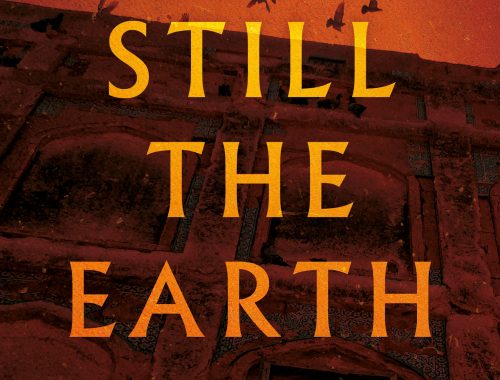Pandora's Star
Peter F Hamilton
 It is AD 2380 and humanity has colonized over six hundred planets, all interlinked by wormholes. With Earth at its centre, the Intersolar Commonwealth has grown into a quiet, wealthy society, where rejuvenation allows its citizens to live for centuries.
It is AD 2380 and humanity has colonized over six hundred planets, all interlinked by wormholes. With Earth at its centre, the Intersolar Commonwealth has grown into a quiet, wealthy society, where rejuvenation allows its citizens to live for centuries.
When astronomer Dudley Bose observes a star over a thousand light years away vanish, imprisoned inside a vast force field of immense size, the Commonwealth is anxious to discover what actually happened. As conventional wormholes can’t reach that far, they must build the first faster-than-light starship. Captained by Wilson Kime, an ex-NASA astronaut a little too eager to relive his glory day the Second Chance sets off on its historic voyage of discovery.
But someone or something out there must have had a very good reason for sealing off an entire star system. And if the Second Chance does manage to find a way in, what might then be let out?
Pandora’s Star is the first of five (at the time of writing) large novels set in Hamilton’s Commonwealth universe. The first two of which are known collectively as the Commonwealth Saga, the other three (set centuries later) known as The Void Trilogy.
The book begins with the spectacular public unveiling of Nigel Sheldon and Ozzie Isaacs’ experimental wormhole technology when they play a prank on the first manned mission to Mars in 2050, almost instantly making NASA and its space program redundant.
Fast-forward three centuries, and humanity lives in a peaceful society spread over hundreds of worlds – each one having at least one wormhole station through which you can take trains between worlds, or in some cases simply walk through. As there is no shortage of resources or new planets to colonise, there have been no wars for generations.
People are effectively immortal as the technology exists to return their bodies to their 20s as they grow old. Most people also have implants recording their entire mind, so that they are killed (the book calls this “bodyloss”) in an accident or murdered, they can be “relifed” into a new cloned body in a matter of months, with all their memories and personality intact.
The religious consequences of this “relife” process are glossed over, though Hamilton’s earlier Confederation trilogy examined eternal human souls in great depth, so perhaps it is for the best that this was not repeated here.
Instead, the practical considerations are well thought through. Can someone legally commit murder if the victim can be brought back to life? How do you punish someone who is effectively immortal? One of the characters, Paula Myo is an investigator in such a case and with this we really get a sense of how a society could work with such possibilities, even though all of this is unrelated to the main plot of the book.
In fact, much of the book is spent in careful world building, making this future civilisation feel very real. There are a lot of story threads following an ensemble cast of dozens, making it sometimes a little difficult to keep up with what is going on, though there is a handy list of the main characters at the front of the book to remind you.
As to the main story, it is a mystery story for the first half of the book. What is inside the giant forcefield so far away? Who built it? Why was it built? Should humanity be poking around with it? There’s a lot of politics involved in getting a project off the ground to go and find out and I found myself itching for the mission to get going and almost frustrated during these chapters, as indeed some of the characters clearly felt. However, the eventual payoff is spectacular.
Verdict: A long and very complex novel, though well worth it both for an incredibly well-realised future society and fascinating multi-threaded plotting.
Reviewed by Keith
Publication Date:2010
Format: Paperback
Pages: 1144
Genre:Space Opera,Speculative Fiction
Reviewer: Keith
Source: Own Copy
Challenge: British author


